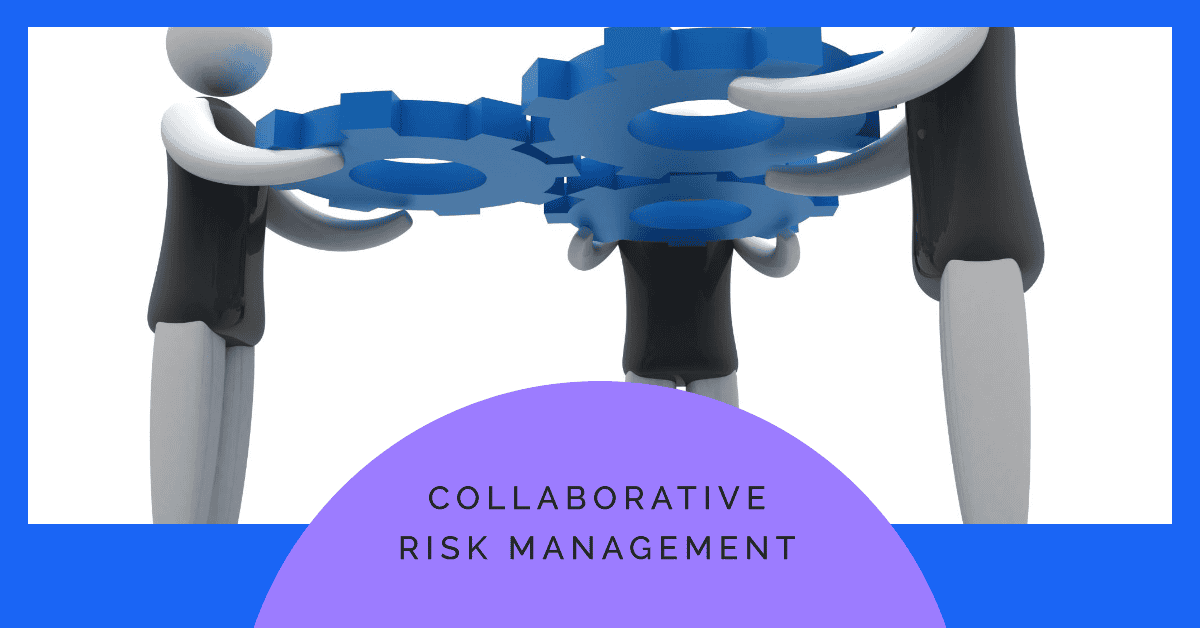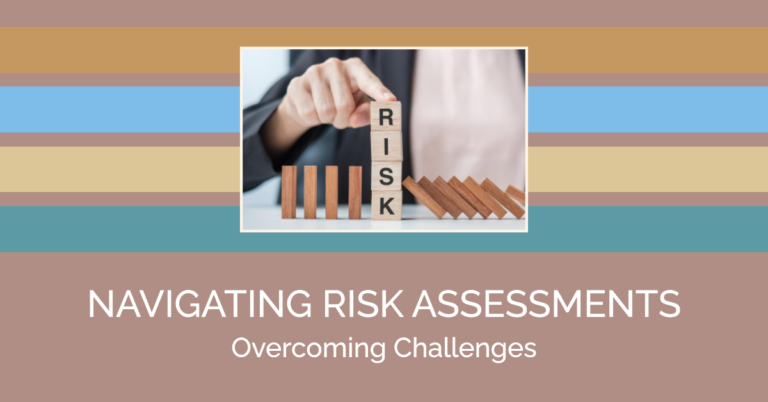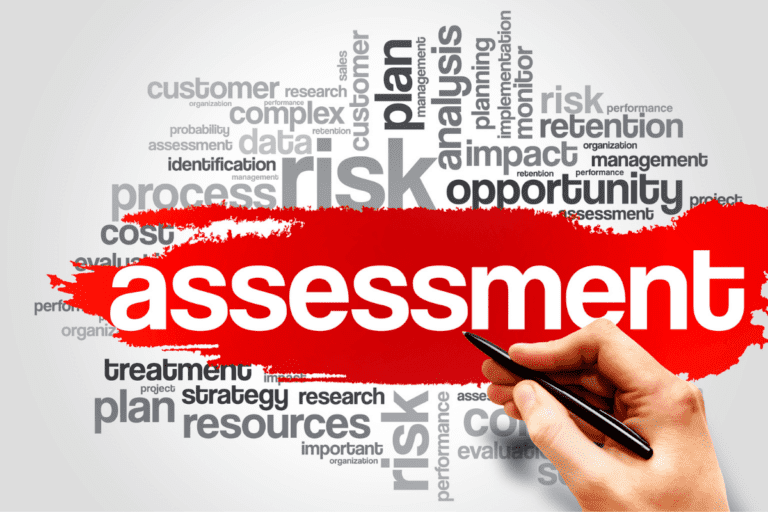No organisation operates in isolation. Failures and crises in one company can quickly cascade through entire industries and supply chains. Risk organisation is evolving as the size and complexity of contemporary business activities accelerate.
One approach that has gained significant traction in recent years is collaborative risk management – working with other organisations to identify, assess, control and mitigate risks.
The Power of Collaboration in Risk Management
Working across risk silos can support an organisation in managing uncertainty in a wide range of ways:
- Greater detail: because they have access to the experiences and information collected from their whole sector, they might be able to see the significant effects of likely risks in more detail
- Shared resources: coordination with other organisations allows for shared investment in risk management efforts, thereby increasing feasibility and effectiveness
- Stronger resilience: working together enables organisations to develop more robust and effective risk management strategies and contingency plans
- Decision-making: having the ability to tap into a diverse range of opinions and data can yield better-informed decisions on risk management
- Increased creativity: collaboration can encourage innovative approaches to complicated and potential risks that wouldn’t have been developed in isolation
Key Areas for Collaborative Risk Management
While all aspects of risk management lend themselves to collaboration, some are particularly suited to partnership:
- Cybersecurity: as cyber risks become more complex and sophisticated, companies in all industries are starting to realise the benefits of sharing intelligence regarding threats and best practices for protection
- Supply chain resilience: some global events have emphasised many supply chains’ vulnerabilities in the last year. Coalitions between suppliers, manufacturers and distributors can find where the risks lie and take steps to toughen up the weak spots
- Extreme weather events and changing climate patterns: impose real risks to virtually every type of business. Collective efforts can help organisations identify, assess, control and mitigate these risks while also advancing broader sustainability objectives
- Regulatory compliance: as regulations increase, adapting to changes becomes increasingly challenging. Yet when companies collaborate across industries, they can collectively stay on top of rule changes and create more cost-effective compliance pathways
- Emerging technologies: the rapid exponential development of new technologies offers opportunities for businesses but also leads to the proliferation of uncertainty about them; collaborative efforts could help firms benefit from new technologies more confidently

Strategies for Effective Collaboration
If you want your organisation to derive the maximum benefit from this collaborative approach to managing risks, here’s what you should do:
- Look for the sweet spot between your immediate environment and the broader interconnected system
- Take note of network partners who play the role of early warning indicator as others change their actions to reflect new risks and opportunities
- Examine your supply chain to identify your link with critical actors who can influence its resilience. For example, where does your company stand in its relationship with a significant global retail chain?
- Set clear objectives: decide what you’re trying to accomplish through collaboration and make sure all partners are on the same page
- “Marry well”: find partners with whom you share a risk culture, strengths and weaknesses and who are committed to open communication and reciprocity
- Build a formal structure: provide clear procedures and protocols for obtaining information, making decisions and managing risk
- Harness technology: use collaboration tools and technology to enable the partners to communicate and share data in real time
- Promote an ethos of trust: cultivate relationships driven by candour, reciprocity and shared values to promote open discussion and knowledge-sharing
- Test and tweak: frequently assess how well you’re working together and tweak your process
Overcoming Challenges to Collaboration
The advantages of shared risk management are apparent, but it requires more than simply proposing such initiatives:
- Competitive concerns: an organisation might want to protect sensitive information from its ‘rivals’. The partnership should specify what information will be exchanged and how and for what purposes
- Legal and regulatory issues: working relationships must be designed to conform with antitrust law and other areas of regulation. Legal counsel should be consulted early on
- Cultural differences: understanding each other in the context of organisational, and sometimes national, differences around business culture and practice demands investment in cross-cultural training and communication
- Resource allocation: the partnership will take time, money and personnel. Organisations must invest to win
- Cultural change: how to assess success? Tangible evidence of improved collaboration in extreme risk is hard to measure. Watching for early warning signals of collapse and developing clear metrics and a regular assessment of progress is crucial to maintaining sustainability
The Future of Collaborative Risk Management
Suppose businesses are filled with more and more complex and interconnected risks. In that case, collaborative approaches to risk management will likely become more critical, now and in the future. In particular, emerging technologies such as artificial intelligence and blockchain will likely further advance these collaborative efforts, fostering a more sophisticated use of data and secure information sharing, respectively.
Further, awareness of systemic risks, which threaten large sectors of industry or economies, is driving greater risk-pooling. And even in areas left to market forces, governments and regulators are increasingly encouraging, and sometimes requiring, forms of collaboration in managing risks, particularly in critical infrastructure and financial services sectors.
Final Thoughts
Given the historical uniqueness of our era of hyper-uncertainty and accelerating change, collaborative risk management is one way businesses can improve their resilience and competitiveness by collaborating with others’ shared repositories of knowledge, capabilities and assets.
Collaborative risk management initiatives can be challenging, but the costs are worth the investments. As we advance, organisations that can collaborate in risk will be better prepared to manage risk, exploit opportunities, and gain a competitive edge.
Suppose businesses act collaboratively and take steps to enhance their own resilience. In that case, they can help sustain a more connected and resilient economy. We’ve got a long way to go, but working together might create a world better prepared for a crisis—for whatever nature throws at us next.






